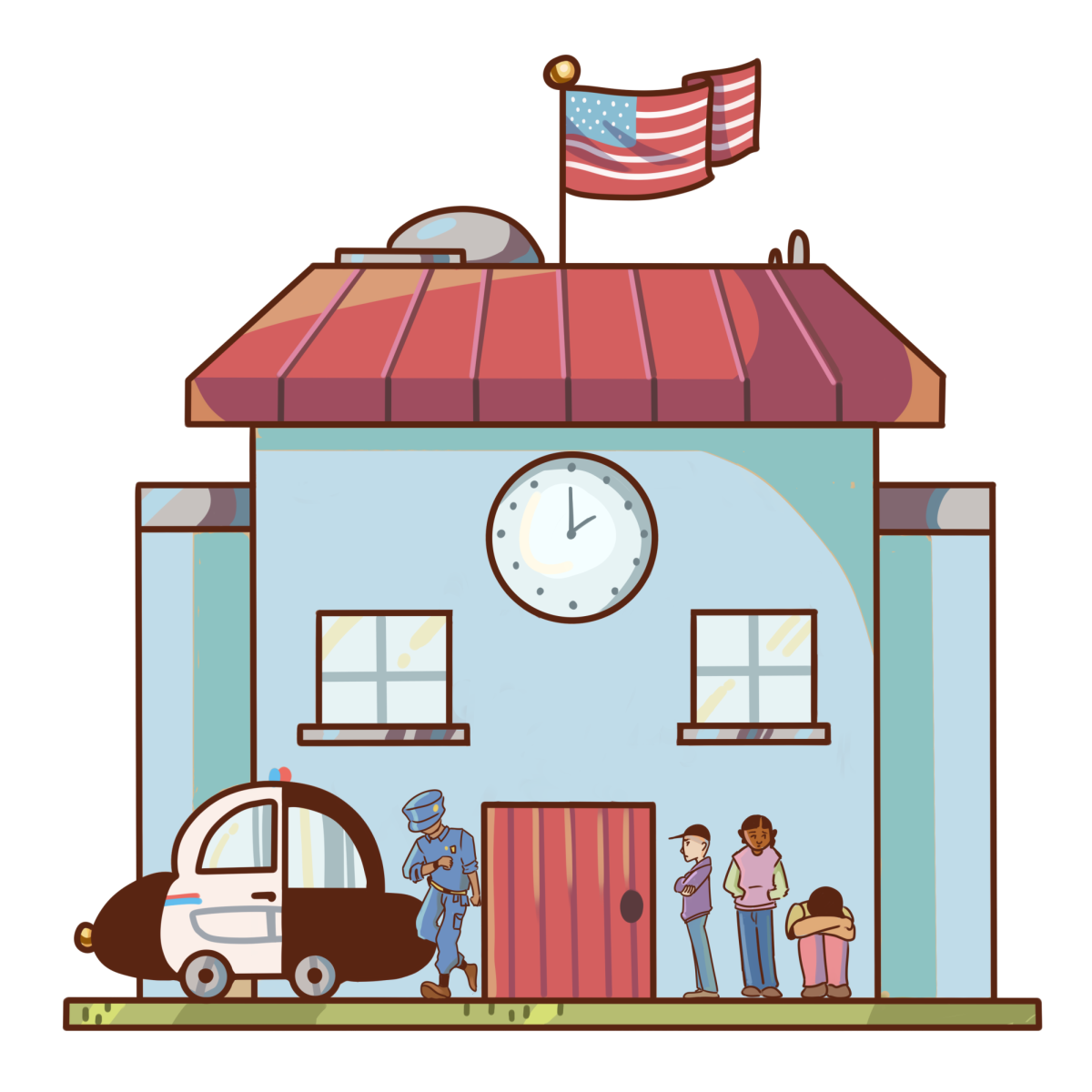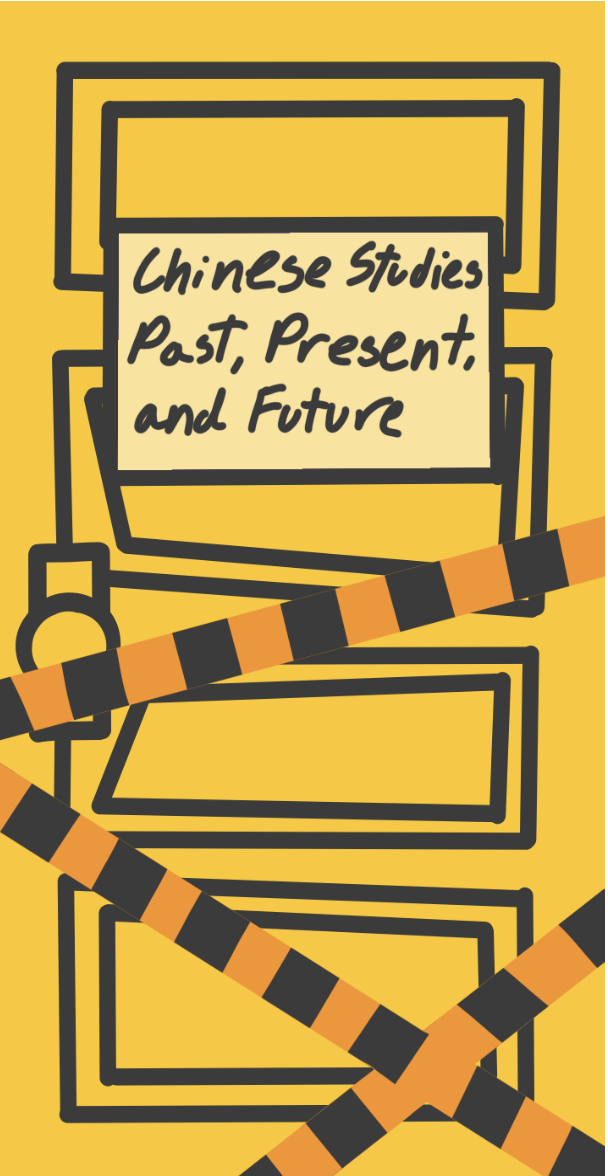As Emma Donnelly ’21 longingly looked down at her feed on Depop, an app for buying and selling clothing, she wistfully recalled a time when being eco-friendly did not entail putting her health at risk.
“I haven’t ordered anything from Depop since the COVID pandemic began,” Donnelly said. “If I’ve ordered clothing it’s been from companies that I know are sustainable and online. I’m pretty concerned about catching COVID, especially because I’m immunocompromised. I can’t really take that risk, and I don’t really know who I am buying from.”
Donnelly is not alone in her reluctance to buy from individual sellers instead of bigger companies. Customers have been wary of the second-hand clothing market since long before the emergence of COVID-19 in December of 2019, according to Mintel, a market research firm. In a study published in July, Mintel reported that 55% of shoppers had cleanliness concerns when buying pre-owned items, even before COVID-19. Helen Graham ’21, a leader of the environmental club, said she has noticed an increased interest in buying used clothing but that health precautions have taken priority over shopping eco-friendly.
“I would say that I noticed second-hand clothing gained a lot of prominence recently, especially as it became a trend,” Graham said.
“Obviously, though, people are really concerned about COVID-19. I, for one, haven’t been inside of a store regardless of what kind store it is. Since the pandemic began, you really [can’t] shop second hand online as easily as you can from big companies.”
Katherine Kihiczak ’21, who has bought second-hand clothing in the past from thrift shops and buys from environmentally-safe clothing brands, said the lack of government regulation of large companies largely contributes to environmental destruction.
“It’s really unfortunate that individual people are assigned the emotional weight and guilt of the dying planet when, while everyone could be more ethically responsible, larger entities such as state governments and major corporations are polluting and creating broken systems,” Kihiczak said.
These businesses are not confined to the fashion industry. In fact, the mass production of single-use surgical masks has already begun to take a negative toll on the environment. Opération Mer Propre (OMP), a nonprofit group that cleans the waters of France’s Mediterranean coast, has reported finding masks and gloves on the beach. The organization’s findings come after French Minister of Health Olivier Veran announced March 17 that the country had ordered nearly 2 billion disposable masks. Laurent Lombard, a member of the OMP, said the production and distribution of these masks pose a large threat to the environment.
“Knowing that more than 2 billion disposable masks have been ordered, soon there may be more masks than jellyfish in the waters of the Mediterranean,” Lombard wrote on social media.
After hearing about France’s mass order of masks, Kihiczak said she felt more concerned about the state of the environment.
“It’s really devastating that we’re wasting resources mindlessly,” Kihiczak said. “A reusable mask is just a lot more practical. Even single-use masks are only advertised as single-use. Some obviously get worn down, but it feels very easy to just put a single-use mask in your pocket and save it for a later time.”
In order to combat the environmental consequences of wearing a single-use mask, many students have found reusable alternatives. Donnelly said that although she initially wore disposable masks, she quickly switched to a cloth mask after realizing the environmental ramifications. Graham, however, went a step further.
“I made a bunch of masks in the beginning of quarantine, so my family uses those and we gave them out to a bunch of people and donated a bunch to homeless shelters,” Graham said.
When it comes to balancing COVID-19 precautions and eco-friendly habits, Graham said both tasks have the same goal
“Keeping each other safe is what we’re trying to do in both situations, whether it be environment or COVID related,” Graham said. “It’s just a matter of what takes precedent in terms of what is the most immediate danger to the people around us.”
Just as Graham said she sees a connection between the two issues, Harvard University’s T.H. Chan School of Public Health said that public health and the environment are much more deeply intertwined than most are led to believe.
“The separation of health and environmental policy is a dangerous delusion,” Harvard stated on their website. “Our health entirely depends on the climate and the other organisms we share the planet with. We need to bring these communities together. Some progress has been made in addressing the risk of pathogen spillover from animals into people. But largely we still view the environment, and life on earth, as separate. We can and must do better if we want to prevent the next infectious pandemic.”
According to a workshop summary published by the National Center for Biotechnology Information, while many kinds of pathogens periodically infect humans, there are only a few that become adept at transmitting themselves. The center said that human activity, specifically regarding actions are damaging to the environment, is making this transmission increasingly easy. Science teacher Melody Lee said pathogens could be reacting to environmental destruction.
“With more time, there is more capability among pathogens to mutate,” Lee said. “From an evolutionary perspective, as there are more advancements in technology, this leads to possible viruses mutating in order to escape certain things humans are doing.”











































